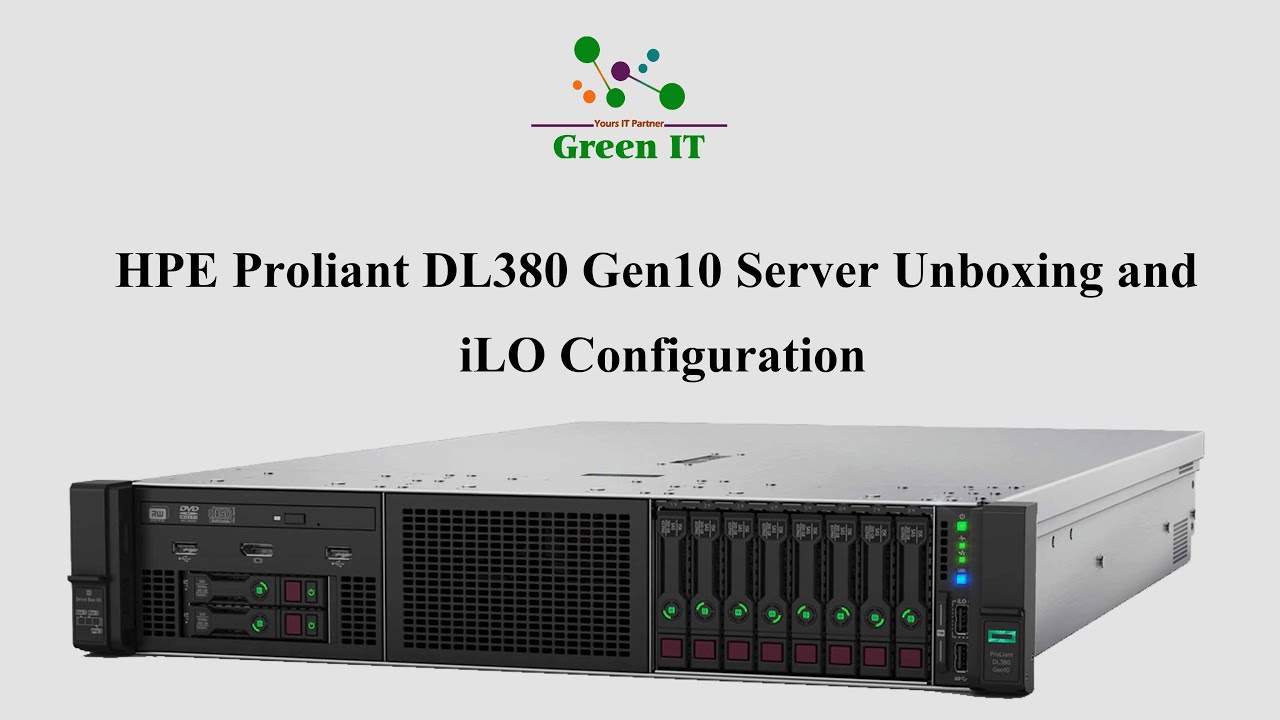Installation Guide for HP ProLiant DL380 Gen10 Server
If you’re looking to set up your new HP ProLiant DL380 Gen10 server, you’ve come to the right place! In this guide, we’ll walk you through the step-by-step process of installing this powerful server, so you can start reaping the benefits of its performance and reliability as soon as possible.
Step 1: Unboxing and Preparation
Before you begin the installation process, make sure you have all the necessary components ready. Once you’ve unboxed your HP ProLiant DL380 Gen10 server, check that you have the server chassis, power supply units, cables, and any other accessories that came with it.
Next, find a suitable location for your server, ensuring there is enough space for proper ventilation and easy access to the ports. Connect the power supply units to the server and plug them into a power source.
Step 2: Rack Mounting
If you’re rack-mounting your HP ProLiant DL380 Gen10 server, carefully slide it into the rack following the manufacturer’s instructions. Make sure the server is securely in place before proceeding.
Step 3: Cable Connections
Now it’s time to connect the necessary cables to your server. This typically includes Ethernet cables, power cables, and any other peripheral cables you may need. Ensure all cables are securely connected to their respective ports.
Step 4: Powering On
Once all the cables are connected, it’s time to power on your HP ProLiant DL380 Gen10 server. Press the power button located on the front panel of the server chassis and wait for the server to boot up.
Step 5: Initial Setup
After powering on the server, you’ll need to go through the initial setup process. This typically involves configuring the BIOS settings, setting up the RAID configuration, and installing the operating system.
Step 6: Configuration and Deployment
Once you’ve completed the initial setup, it’s time to configure your HP ProLiant DL380 Gen10 server to suit your specific requirements. This may involve setting up virtual machines, creating user accounts, and installing any necessary software.
Step 7: Testing and Optimization
Before putting your server into production, it’s important to thoroughly test and optimize its performance. Run performance tests, check for any configuration errors, and make any necessary adjustments to ensure your server is running at its best.
Step 8: Maintenance and Monitoring
Finally, don’t forget to set up regular maintenance schedules and monitoring systems to keep your HP ProLiant DL380 Gen10 server running smoothly. This will help prevent downtime and ensure optimal performance in the long run.
And there you have it – a comprehensive installation guide for your HP ProLiant DL380 Gen10 server. Follow these steps carefully, and you’ll be up and running in no time with a powerful and reliable server at your disposal.
